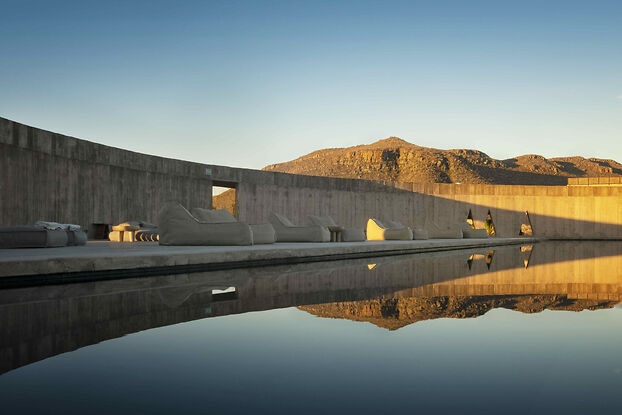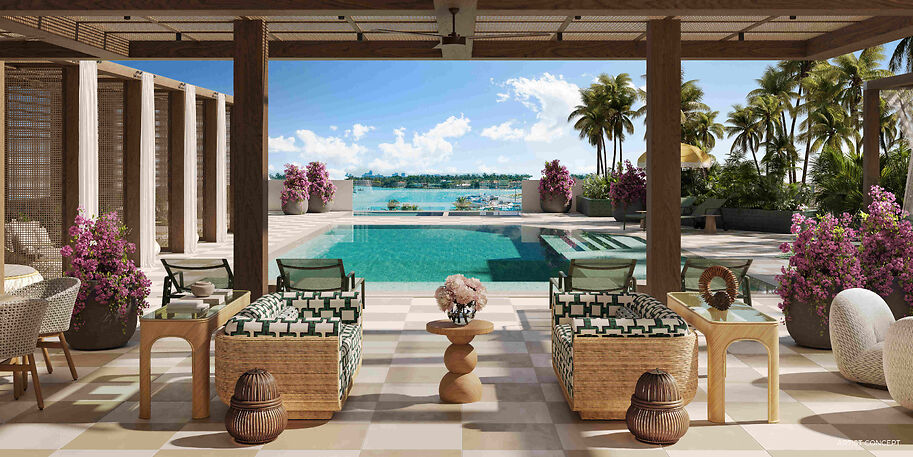Scandinavian interior design has gained worldwide recognition for its impeccable blend of simplicity, functionality, and understated elegance.
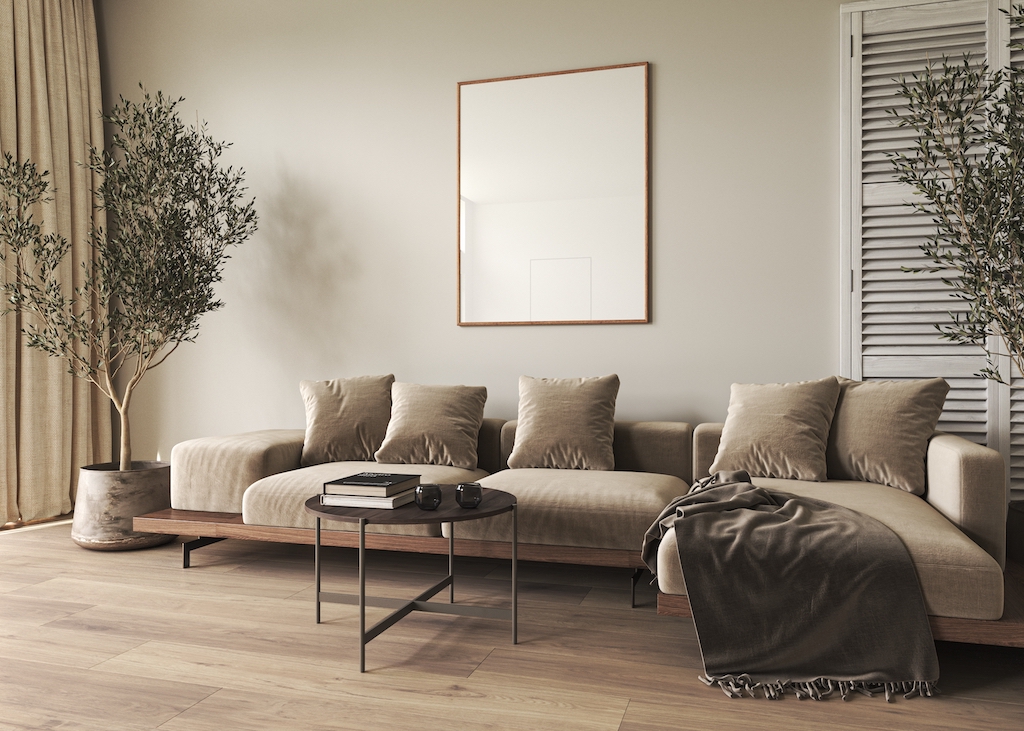
Rooted in the Nordic region, this design philosophy embraces minimalism, natural elements, and a serene atmosphere. With clean lines, light tones, and a focus on creating a cozy ambiance, Scandinavian interior design has become a popular choice for those seeking a calm and harmonious living space.
Here are some of the key aspects that define Scandinavian interior design:
Minimalistic Approach
At the core of Scandinavian interior design lies a minimalist approach. Clean, uncluttered spaces are highly valued, with an emphasis on functionality and purpose. Clutter is minimized, and every item in the room serves a specific role. Scandinavian design embraces the philosophy of "less is more," allowing each element to shine and creating an environment of tranquility.
Natural Materials and Light Colors
Scandinavian design draws inspiration from the natural world, incorporating organic materials and light color palettes. Natural wood, such as pine, oak, or birch, is frequently used for furniture, flooring, and accents, adding warmth and a sense of connection to nature. Light, neutral colors like white, beige, and soft grays dominate the walls and larger furniture pieces, enhancing the feeling of spaciousness and airiness.
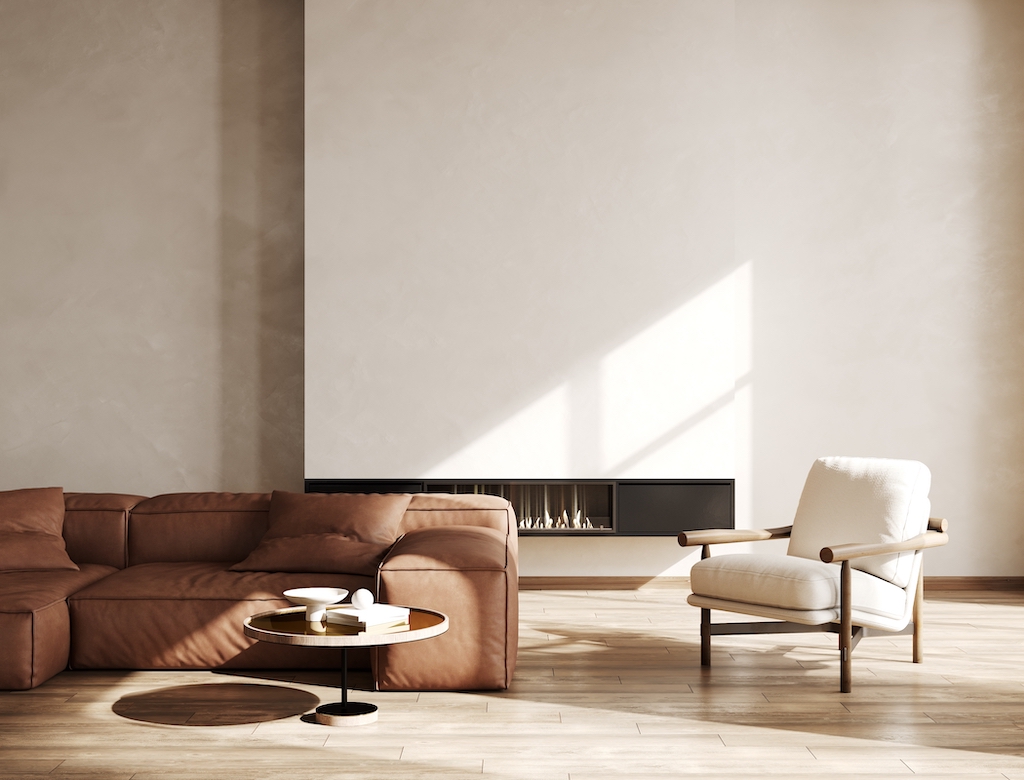
Abundance of Natural Light
Given the long, dark winters in the Nordic countries, maximizing natural light is essential in Scandinavian interior design. Large windows are a common feature, allowing ample daylight to flood the space and create a bright, cheerful atmosphere. Light curtains or blinds are preferred, ensuring privacy while still allowing light to filter through. Mirrors are strategically placed to reflect light and make the room appear more expansive.
Functional and Practical Furniture
Scandinavian design prioritizes functionality and practicality when it comes to furniture. Streamlined, well-crafted pieces with clean lines and ergonomic shapes take center stage. Multi-functional furniture is also favored to optimize space utilization. Practical storage solutions, such as built-in cabinets, shelves, and hidden compartments, help maintain the uncluttered aesthetic and provide a sense of organization.
Cozy Textiles and Layering
Despite the minimalist approach, Scandinavian design is far from cold or sterile. Soft textures and cozy textiles are used to add warmth and comfort to the space. Plush rugs, woolen blankets, and knitted throws create inviting nooks, while cushions and pillows offer a sense of coziness. Layering textiles in different textures and tones adds depth and visual interest to the room.
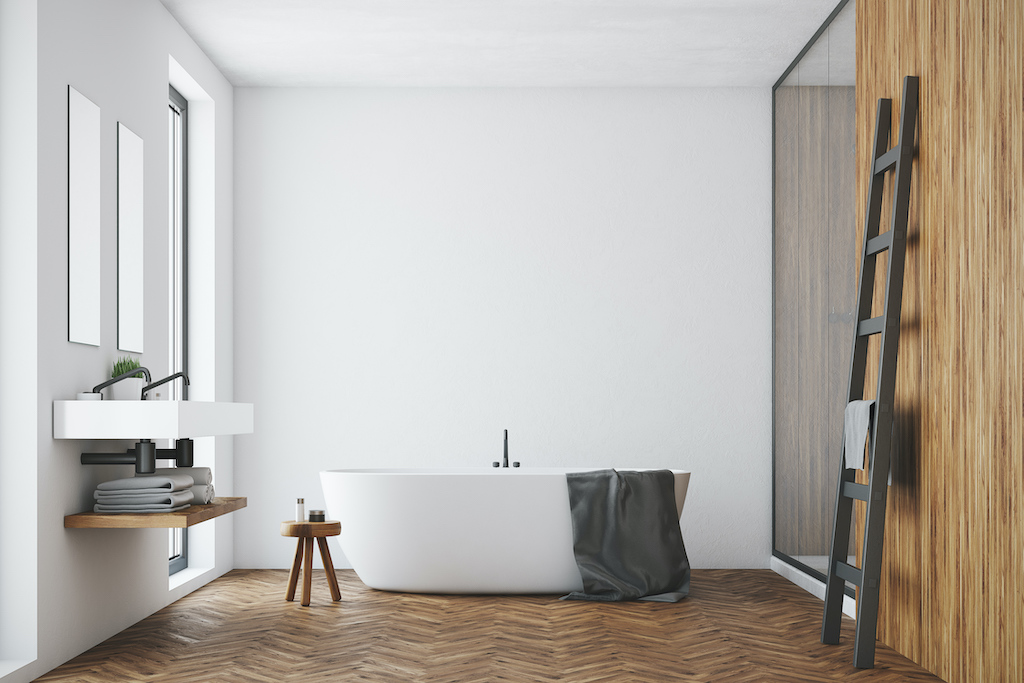
Connection to Nature
Scandinavian design celebrates the beauty of nature and aims to bring it indoors. Houseplants and fresh flowers are commonly used to introduce greenery and a touch of life to the space. Natural elements, such as stones, pebbles, or seashells, are often incorporated as decorative accents. The Scandinavian lifestyle's close relationship with nature is seamlessly integrated into the design, fostering a sense of tranquility and well-being.

